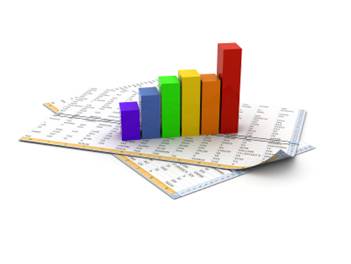Purchasing power of GDP
You need to be able to
Evaluate the use of national income statistics, including:
- their use for making comparisons over time,
-
their use for making comparisons between countries and
-
their use for making conclusions about standards of living.
Allowances for differences in purchasing power when comparing welfare between countries
 If
we do use GDP as a measure of standard of living, then we also need to
take account of differences between the purchasing power of GDP.
If
we do use GDP as a measure of standard of living, then we also need to
take account of differences between the purchasing power of GDP.
If you have travelled, you will be aware that prices of goods in other countries often appear cheaper / more expensive. This may appear the case to us, but not to the people living there.
It may be that a lower nominal GDP per capita nevertheless gives the
same standard of living, because the same level of nominal income can
buy more in a particular country.
Therefore when comparing GDP between countries, we need to try to adjust for the purchasing power of the GDP.
Differences in purchasing power often relate to exchange rate differentials.
Although purchasing power is one factor affecting exchange rates, there are many others as well if a country's exchange rate is out of line with what is called the purchasing power parity (PPP) exchange rate.
When comparing GDP levels between countries, we should try to compare GDP per capita translated at purchasing power parity rates. In other words to make comparisons between countries we need to remove the effects of Exchange Rate changes.
For a simple yet very effective use of PPP look at the Big mac index in The Economist

Task
- Visit the World Bank data site and find the most recent GDP per capita for the following countries:
- Australia
- US
- Japan
- Thailand
- Italy
- India
- Uganda
- Search the web to identify factors causing the differences between the GDP per capita figures you have found. Present evidence to support your findings.